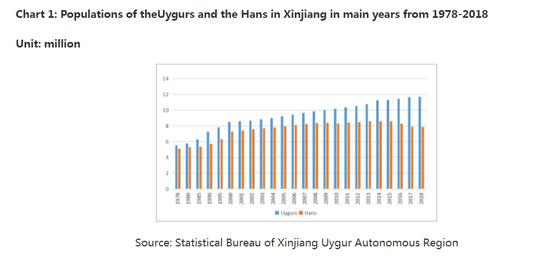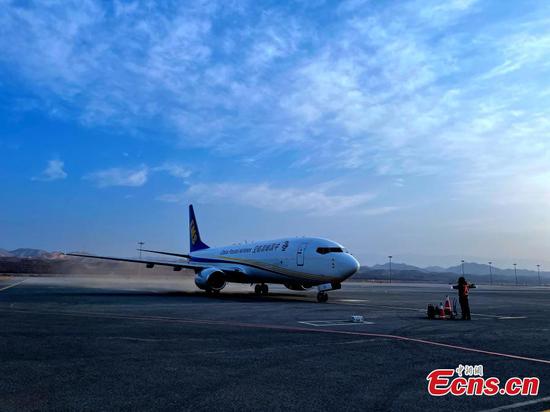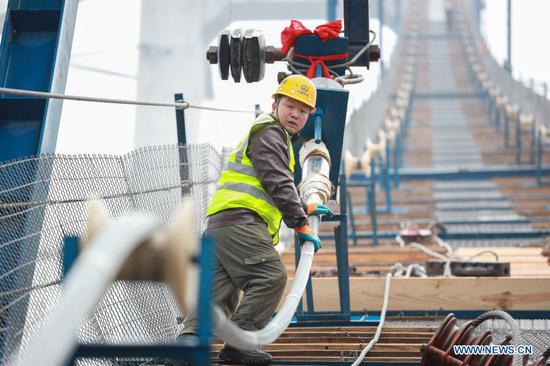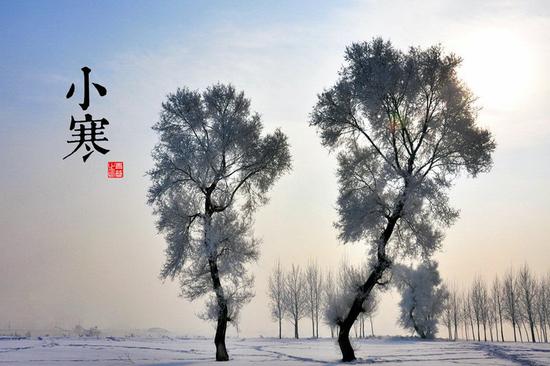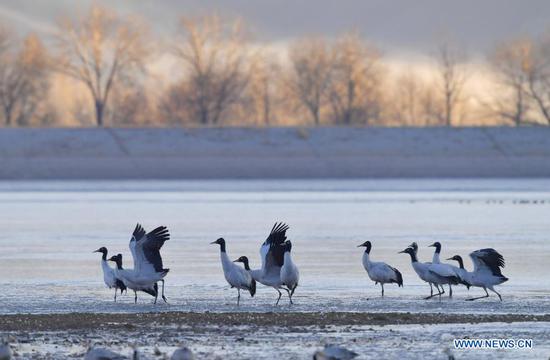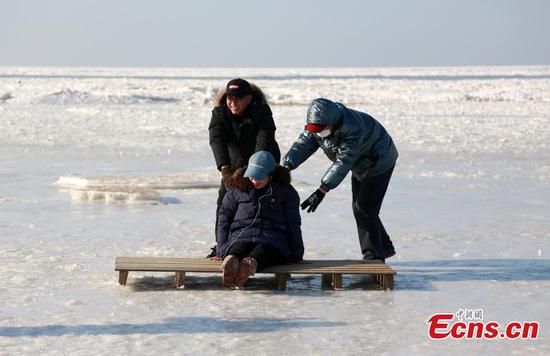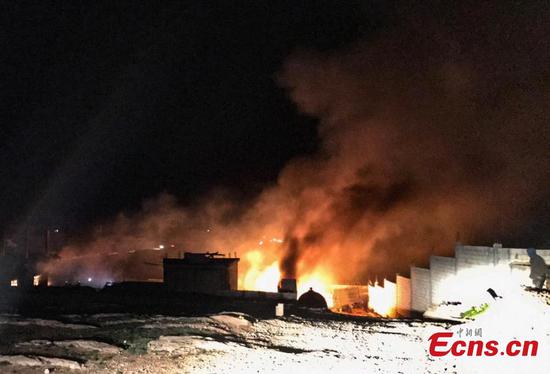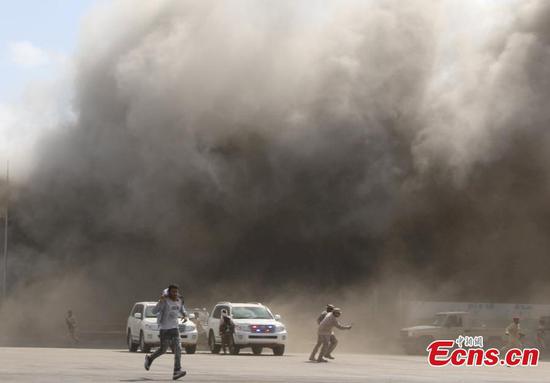Lie No.1: "Natural population growth in Xinjiang has declined dramatically"(Quoted from Adrian Zenz's report.) since 2015.
According to the statistics released by the National Bureau of Statistics and Statistical Bureau of Xinjiang Uygur Autonomous Region, from 2015 to 2017, Xinjiang's natural population growth rate remained stable at over 11‰. The above statement of Adrian Zenz is not consistent with official statistics. Compared with the natural population growth rates of the previous 3 years, although the natural population growth rate in Xinjiang dropped to 6.13‰ in 2018, it is still at a relatively high level in relation to the national average level. There is no such dramatic decline as Adrian Zenzstated. Natural population growth rate is an important indicator to reflect the speed of population development. Compared with the average national natural population growth rates in recent years, Xinjiang's growth rate of 6.13‰ in 2018 is in a reasonable range.

Lie No. 2: "In 2018, natural population growth plummeted: to 4.06‰ in all minority regions and 2.58‰ in Kashgar and Hotan."(Quoted from Adrian Zenz's report.)Sources: National Bureau of Statistics(http://data.stats.gov.cn/easyquery.htm?cn=C01 )and Statistical Bureau of Xinjiang Uygur Autonomous Region

Lie No.3: "Population growth rates in a Uygur region where Han constitute the majority were nearly 8 times higher than in the surrounding rural Uygur regions (in 2018)."(Quoted from Adrian Zenz's report.)
When mentioning the net population change rate for the Hans have increased to 7.42‰, Adrian Zenz used the word "estimate", which means it is an inaccurate assumption. Perhaps Adrian Zenz feels guilty about his lies, so he used vague terms to cover them up. As is known, Xinjiang is a multi-ethnic region where many ethnic groups reside in addition to the Hans and the Uygurs. The Uygur population in Xinjiang from 1978 to 2018 did not decrease as Adrian Zenz said, but showed an upward trend.

According to the data provided by the Statistical Bureau of Xinjiang Uygur Autonomous Region in Table 3, from 1978 to 2018, the Uygur population in Xinjiang has been larger than that of the Han population all the time. In 2018, the Uygur population in Xinjiang was 11.6786 million, while the Han population in Xinjiang was7.8574 million. From a diachronic perspective, the ratio of Uygur population to Han population in Xinjiang has always been higher than 1, ranging from 1.08:1 in 1978 to 1.49:1 in 2018, as shown in Table 3.These data show that the Uygur population in Xinjiang remained higher than the Han population from 1978 to 2018.In addition, Chart 1 offers a visual presentation of the changes of Uygur and Han populations in Xinjiang. It is not hard to see that compared with the Han population in Xinjiang, the Uygur population in Xinjiang has been on the rise over the past 40 years. Against the background that the population of ethnic Uygurs in Xinjiang is on the rise, I wonder how Adrian Zenz came to the absurd conclusion that the growth rate of Han population is 8 times that of the Uygur population. Zenz's blatant disrespect for facts allows people to raise questions about his so-called "research significance".
